How to Choose Hardwood Floors
The number one phrase in North American real estate listings is “hardwood floors throughout.” And for good reason. Hardwood floors are durable, look great, and offer a great return on investment. If you know you want hardwood floors but aren’t sure what step to take next, consider the following.
Solid vs Engineered
Real, solid hardwood floors are made from solid pieces of wood (usually ¾” thick). Popular species are oak (which is very durable and takes stain well), walnut, maple, ash, hickory and cherry. Engineered hardwood, on the other hand, is a combination – a top layer of hardwood with several layers of interlaced plywood, finger core hardwood or SPF fingers depending on the thickness and manufacturer. What this means is that you get the look and finish of true hardwood, with the durability of a laminate. However solid hardwood can be sanded and refinished multiple times, whereas engineered cannot, meaning it can save you quite a bit of money on replacement costs down the road.
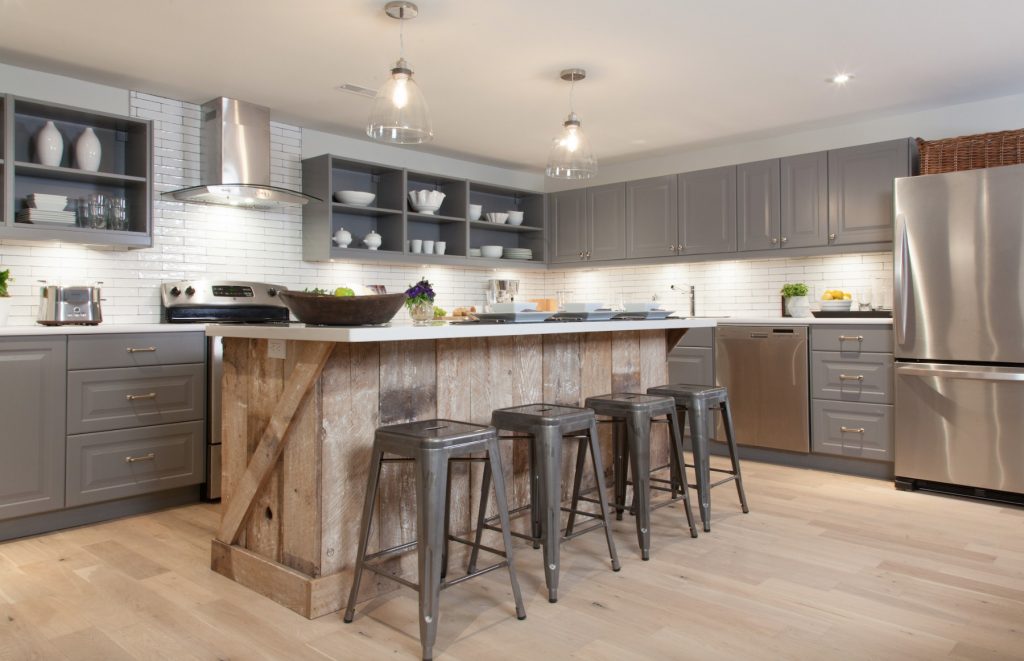
Where to Use It
Given its susceptibility to moisture and humidity, solid hardwood should only be used at or above grade, and in climates without drastic changes in humidity from season to season. Also, don’t put it in a bathroom. Due to the large amount of water that passes through this room you could be in real trouble if you ever have a leak. There are plenty of other great bathroom flooring options available.
Budget
Both solid and engineered hardwood floors are on the more expensive end of the flooring spectrum at about $4-$6 (or more) per square foot, and $2 per square foot for installation (or more depending on the complexity of the installation). However, despite the high upfront costs, hardwood floors have an excellent ROI and can help add value to your home, so if you can fit it into your budget they’re definitely a smart investment.
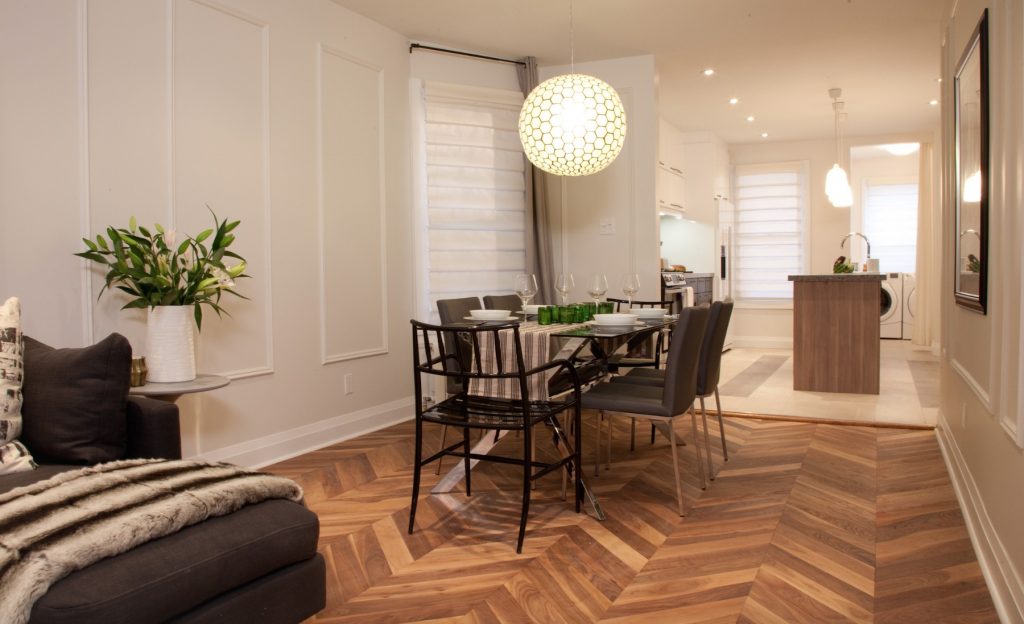
Lifestyle
Before you decide on flooring you need to think about your lifestyle. How many people live in your home? Do you have kids? Do you have pets? What’s the purpose of the room? While hardwood is durable and can withstand a lot, you still need to be cautious. If your home sees a lot of traffic consider going with a hard species like oak or hickory. If it’s just you, it’s easier to get away with a softer species of wood. Also, in rooms that get heavy traffic you might want to enforce a “no shoes” policy – just to be safe. And don’t forget to consider color choice, since lighter colors tend to show less wear and tear. Also, adding textures such as wire brushing and scraping will help mask scratches and dents.
Style of Home
It’s pretty unusual to find a style of home that doesn’t look good with hardwood floors, however the style of your home might just dictate what type of hardwood looks best. For instance Scandinavian-style homes look great with blond hardwood, while old century homes look better with darker walnuts.
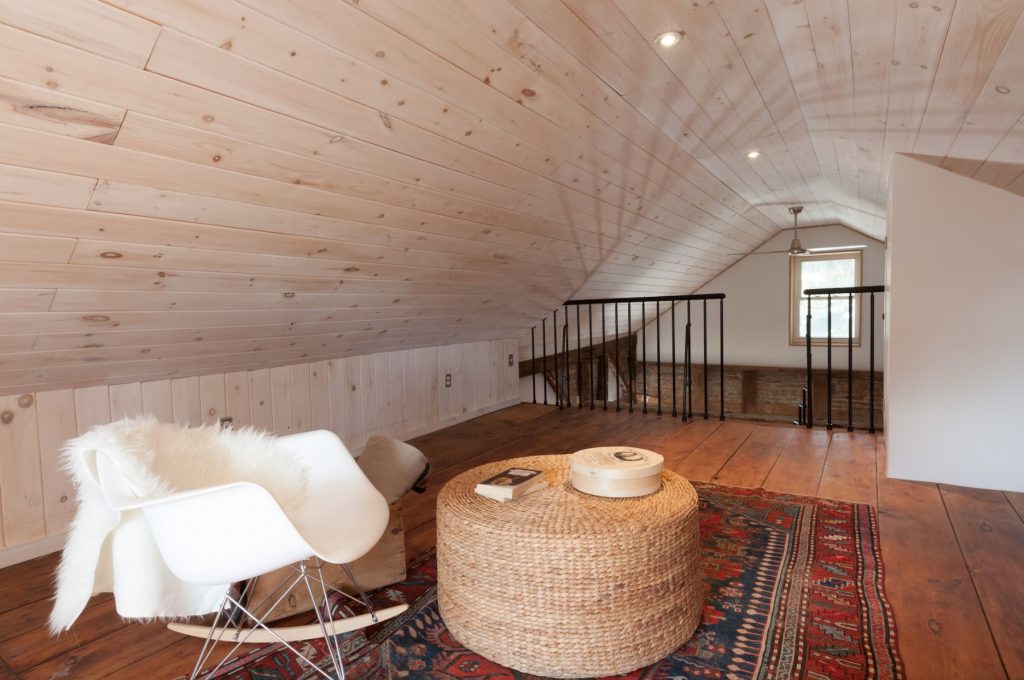
Color & Finish
Hardwood floors come in a variety of brown, black and red shades, however, your color options will be somewhat dependant on the species of wood you choose. Ideally, if you want to change to color you should start with a species that’s as close as possible to the final color outcome you desire. For instance, walnut has a naturally deep color that lends itself to darker finishes.
Plank Width
The most common plank width for hardwood has commonly been 2”-3”, but in recent years planks have started getting bigger, and now we’re often seeing planks around 7”-12” – and even wider. These wide planks are often associated with a more luxurious look.
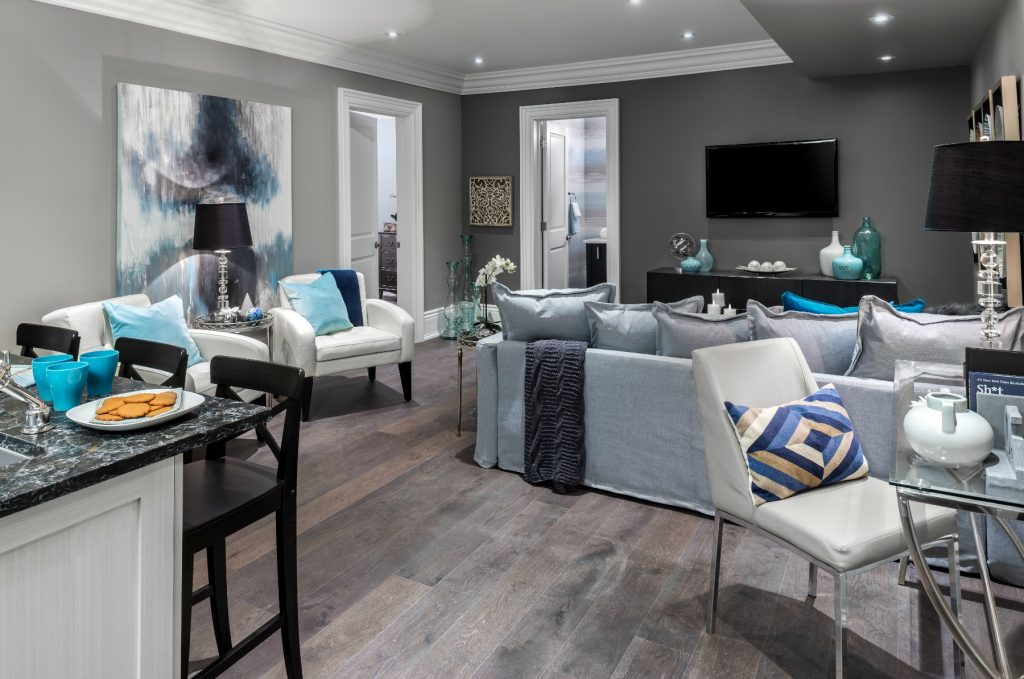
Oxidative Oil vs Polyurethane Finish
Although there are a few types of finishes, most fall into the categories of either oil or polyurethane. Oxidative oil tends to have a soft and natural look, but it’s not as resistant to stains as polyurethane, which is more resilient because it creates a hard topcoat. Ultimately both have their pros and cons. Oil finishes scratch fairly easily, but are less noticeable due to the patina. Polyurethane finishes don’t scratch as easily, but once it’s happened it’s tougher to mask. A newer option to the market is a combination of the two; Polyurethane Oil finish. This finish provides the stain resistance and durability of urethane with the ultra matte low gloss finish of oil, for the best of both worlds.
Maintenance
Hardwood is very durable and can last for years and years, but there are definitely some things you can do to ensure they don’t age prematurely.
- Don’t use too much liquid cleaner. Today’s hardwood is treated to withstand certain amounts of cleaning, but you still need to be cautious. Don’t drench your floors in liquid but rather work on small areas at a time and only use damp mops or cloths. And always follow the manufacturer’s guidelines.
- Don’t wear high heels. It’s said that spiked heels can hit the floor with as much as 1,000 pounds per inch force.
- Use furniture pads on the legs of all your furniture. Anytime you sit down on a sofa or chair it shifts ever so slightly, and this can mark the floor if you don’t protect them.
- If you have area rugs make sure to use a combination felt/rubber pad underneath it. Rubber-backed mats can dull the floor’s shine and cause discoloration.
- Clean stains and spills immediately. Pet stains, in particular, can ruin the floors if not cleaned up immediately.
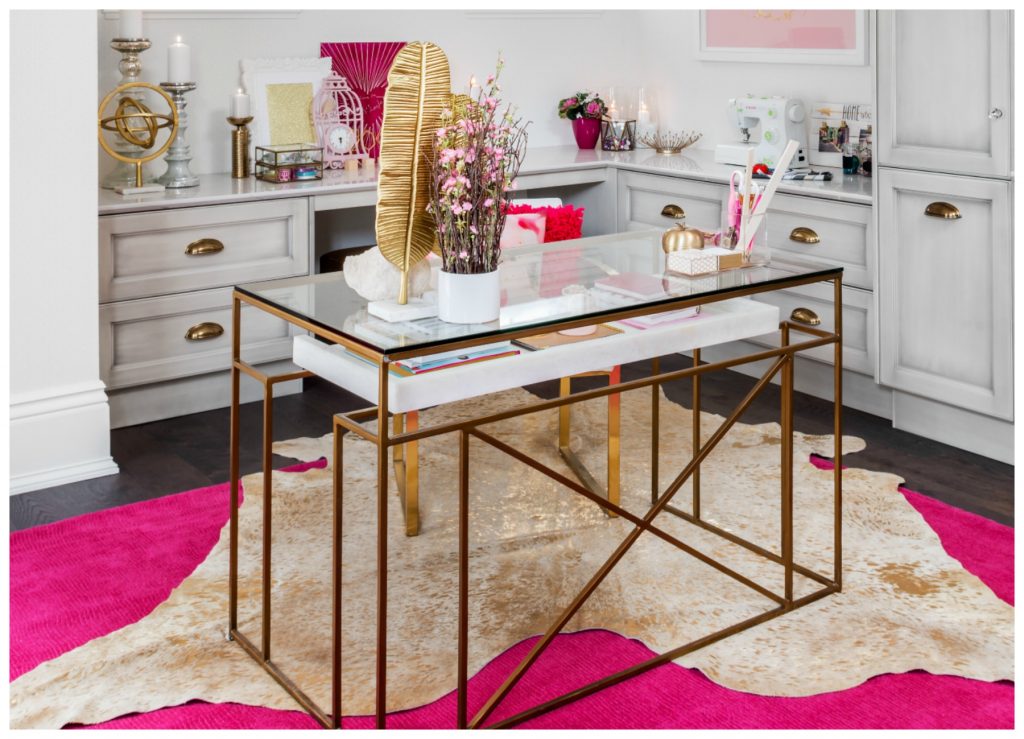


Comments